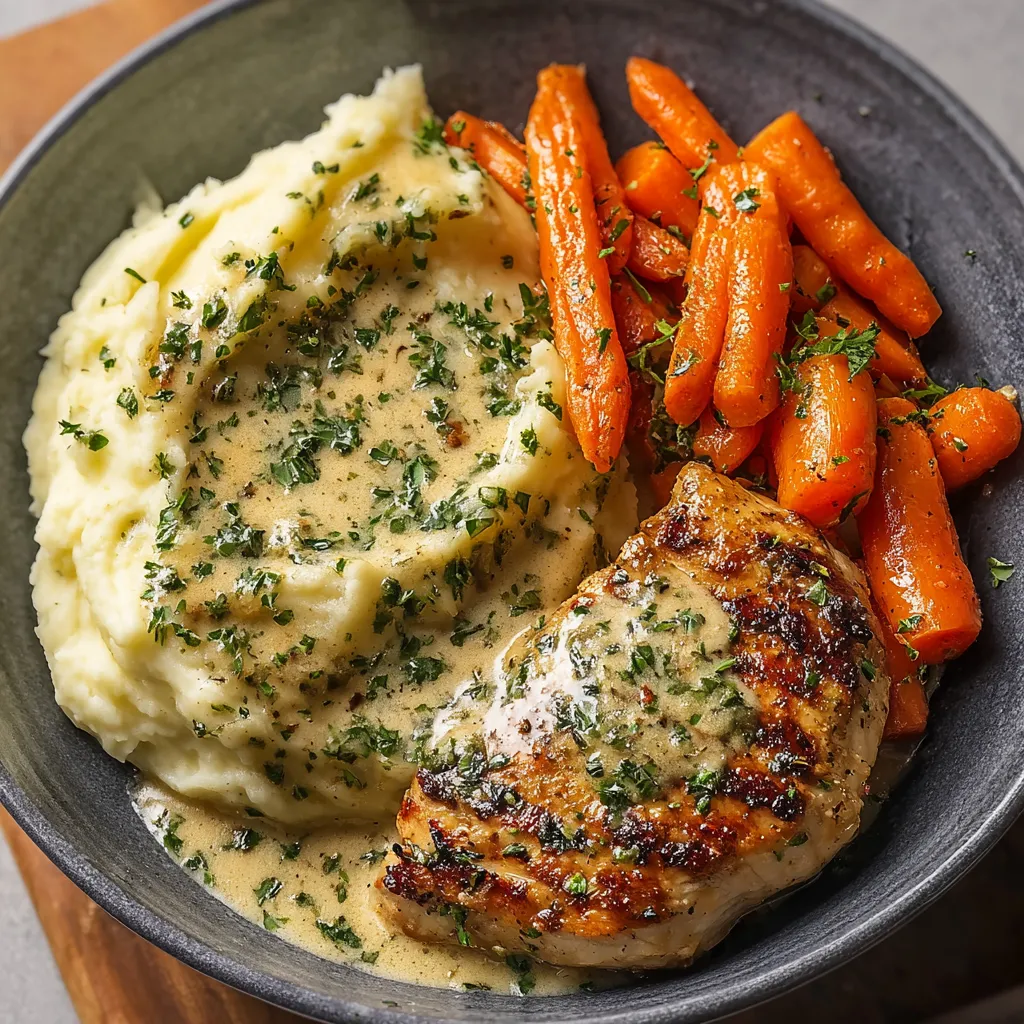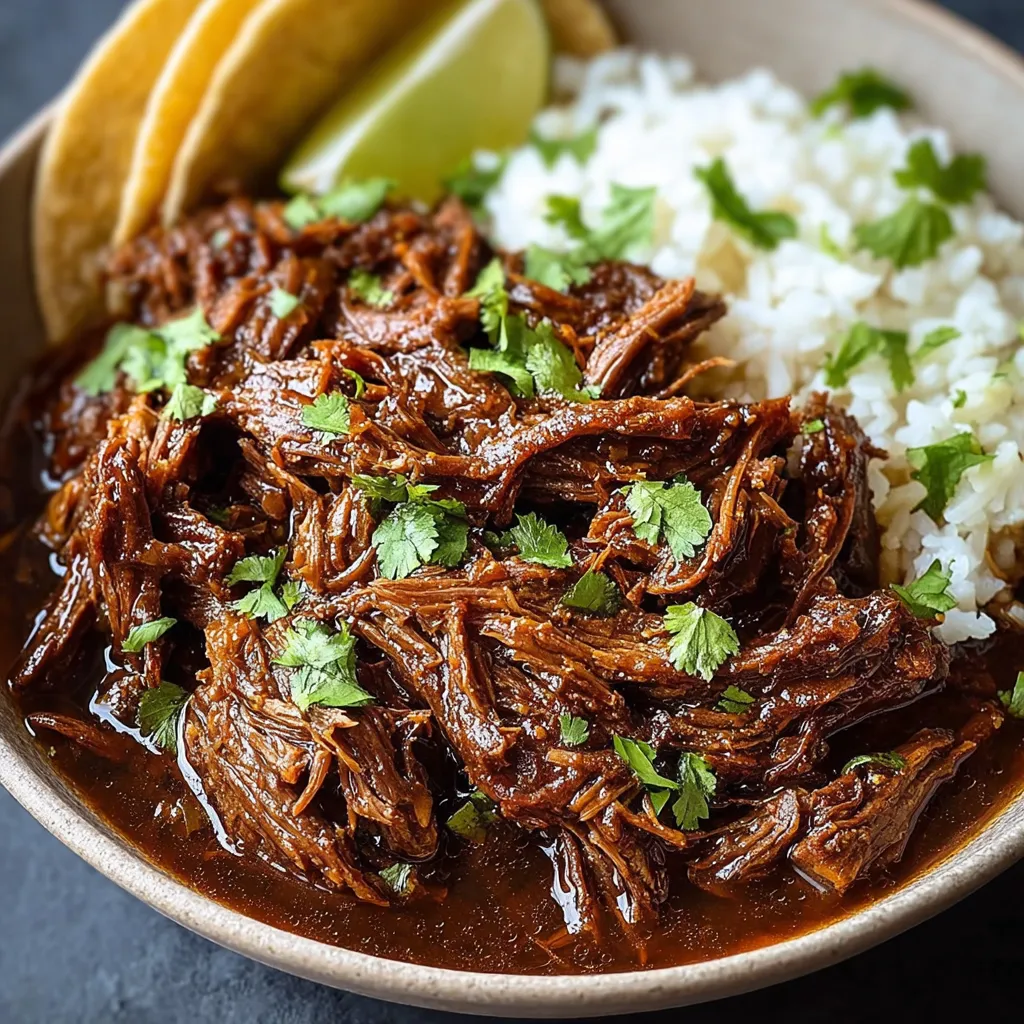Unlocking Flavor: The Herb Chemistry Behind the Perfect Bird
The magic of herb chicken lies in the volatile aromatic compounds within the herbs themselves. These compounds, responsible for the distinct scents and flavors, are released when heated. However, their stability is delicate. Overheating can destroy them, leading to a muted flavor profile. Furthermore, the fat-soluble nature of many of these compounds means they bind more readily to fats, explaining why a generous amount of butter or olive oil is crucial for flavor infusion. Different herbs also have varying levels of intensity. Rosemary and thyme, for instance, are far more assertive than parsley or chives, meaning careful balancing is key to prevent one herb from overpowering the others. The Maillard reaction, the browning process that occurs when amino acids and reducing sugars are heated, also plays a significant role. A well-browned chicken not only looks appealing but also develops complex, savory flavors that complement the herbaceous notes. Properly salting the chicken ahead of time is also critical, it allows the salt to penetrate the meat, seasoning it from the inside out and impacting its final moisture content.The Herb Chicken Dinner Recipe: A Symphony of Flavors

Ingredients:
- 4 boneless, skinless chicken breasts (about 6 oz each)
- 2 tablespoons olive oil
- 2 tablespoons butter, unsalted
- 1/4 cup finely chopped fresh parsley
- 2 tablespoons finely chopped fresh rosemary
- 1 tablespoon finely chopped fresh thyme
- 2 cloves garlic, minced
- 1 lemon, zested and juiced
- 1 teaspoon salt
- 1/2 teaspoon black pepper
- 1 pound small potatoes, quartered
- 1 pound carrots, peeled and chopped
- 1 red onion, quartered
Instructions:
- Prepare the Chicken: Pat the chicken breasts dry with paper towels. Season generously with salt and pepper.
- Make the Herb Mixture: In a small bowl, combine the parsley, rosemary, thyme, garlic, lemon zest, olive oil, and melted butter. Mix well.
- Marinate the Chicken: Spread half of the herb mixture evenly over the chicken breasts, ensuring they are well coated. Let the chicken marinate for at least 30 minutes (or up to 4 hours) in the refrigerator.
- Prepare the Vegetables: While the chicken is marinating, toss the potatoes, carrots, and red onion with the remaining herb mixture. Season with salt and pepper.
- Preheat Oven: Preheat your oven to 400°F (200°C).
- Arrange and Bake: Spread the vegetables in a single layer on a large baking sheet. Place the marinated chicken breasts on top of the vegetables.
- Bake: Bake for 25-30 minutes, or until the chicken is cooked through (internal temperature reaches 165°F or 74°C) and the vegetables are tender.
- Rest and Serve: Let the chicken rest for 5-10 minutes before serving. Drizzle with fresh lemon juice before serving for added brightness.
My Quest for Herb-Infused Perfection: A Culinary Detective Story
The Initial Fumbles: A Lesson in Herbology
My first few attempts were a disaster. Like many of you, I initially thought that simply sprinkling dried herbs on chicken and throwing it in the oven would yield delicious results. I was wrong. Terribly wrong. The chicken tasted vaguely… dusty. The herbs were burnt in some places, and completely flavorless in others. Clearly, I needed a new approach. I realized the importance of fresh herbs versus dried and the correct ratios. I also realized I missed a golden opportunity to use a marinade!The Marinade Revelation: An ‘Aha!’ Moment
Then, I had an “Aha!” moment. I remembered the principles of flavor infusion and decided to experiment with a marinade. I combined fresh herbs, olive oil, garlic, and lemon juice, creating a vibrant mixture that I slathered all over the chicken. The difference was remarkable! The chicken was juicy, flavorful, and the herbs had actually penetrated the meat. I was onto something. This also helped me get results similar to Hot Honey Feta Chicken without the sweet and spicy profile.The Vegetable Conundrum: Achieving Culinary Harmony
The chicken was getting better, but the vegetables were still an afterthought. They were often undercooked, bland, and generally unappetizing. I realized they needed their own flavor boost and decided to toss them in the same herb mixture I used for the chicken. This was a game-changer! The vegetables roasted beautifully, soaking up the herbaceous flavors and becoming a delicious complement to the chicken. Similar strategies can be used to improve the flavor of Garlic Butter Chicken And Veggies and ensure a cohesive meal.The Browning Breakthrough: Mastering the Maillard Reaction
The final piece of the puzzle was browning. The chicken was flavorful, but it lacked that beautiful golden-brown crust that signifies culinary perfection. I experimented with different oven temperatures and cooking times, eventually discovering that a higher temperature (400°F or 200°C) and a little bit of patience were key. Letting the chicken rest for a few minutes before serving also helped to retain its juices and enhance its flavor. Thinking about the Maillard reaction made me consider how I could apply similar principles to creating something akin to Ruth’s Chris Stuffed Chicken, focusing on searing and then baking to get the best of both worlds. My results, while not the same, were delicious.Lessons Learned from other Recipes
Looking at other chicken recipes I have experimented with, I realized that I was missing some key textures. For example, Chicken Thighs Dinner focuses on crispy skin. I would need to approach this in a different manner to gain the texture. Boursin Chicken Pasta focuses on rich sauce and creaminess which is also absent from this recipe. I realized I was building the basics to approach those recipes as well, and I just needed to focus. I even considered the flavor profile from Cheesy Herb Chicken Bake, which uses cheese, and realized I could add Parmesan to my herb mix to get a similar flavor punch.The Foolproof Technique: A Masterclass in Herb Chicken
Here’s a breakdown of the technique, refined through trial, error, and a whole lot of delicious chicken:- Dry Brine the Chicken: Season the chicken generously with salt at least 30 minutes (or up to overnight) before cooking. This enhances flavor and moisture retention.
- Prepare the Herb Marinade: Use fresh herbs, good-quality olive oil, garlic, and lemon zest to create a vibrant marinade. Don’t skimp on the herbs!
- Marinate Thoroughly: Allow the chicken to marinate for at least 30 minutes, or up to 4 hours, in the refrigerator. This allows the flavors to penetrate the meat.
- Toss the Vegetables: Coat the vegetables in the same herb mixture to ensure they are equally flavorful and complement the chicken.
- Roast at a High Temperature: Preheat your oven to 400°F (200°C) to promote browning and even cooking.
- Don’t Overcook: Use a meat thermometer to ensure the chicken is cooked through (165°F or 74°C) but not overcooked.
- Rest Before Serving: Let the chicken rest for 5-10 minutes before serving to allow the juices to redistribute.
- Brighten with Lemon: A squeeze of fresh lemon juice at the end adds a touch of acidity and enhances the overall flavor profile.
Why is it important to use fresh herbs instead of dried herbs for this chicken recipe?
Fresh herbs contain volatile aromatic compounds that provide distinct scents and flavors. These compounds are more potent in fresh herbs and contribute significantly to the overall flavor profile of the chicken, whereas dried herbs often lack the same intensity and can sometimes taste dusty.
How long should I marinate the chicken for the best flavor?
The recipe recommends marinating the chicken for at least 30 minutes, but you can marinate it for up to 4 hours in the refrigerator for a more intense flavor.
Why is it important to salt the chicken ahead of time?
Salting the chicken ahead of time allows the salt to penetrate the meat, seasoning it from the inside out and impacting its final moisture content, resulting in a more flavorful and juicy dish.
What oven temperature is recommended for baking the herb chicken and vegetables?
The recipe recommends preheating your oven to 400°F (200°C) to promote browning and even cooking of both the chicken and vegetables.

EASY HERB CHICKEN DINNER
Ingredients
Equipment
Method
- Prepare the Chicken: Pat the chicken breasts dry with paper towels. Season generously with salt and pepper.
- Make the Herb Mixture: In a small bowl, combine the parsley, rosemary, thyme, garlic, lemon zest, olive oil, and melted butter. Mix well.
- Marinate the Chicken: Spread half of the herb mixture evenly over the chicken breasts, ensuring they are well coated. Let the chicken marinate for at least 30 minutes (or up to 4 hours) in the refrigerator.
- Prepare the Vegetables: While the chicken is marinating, toss the potatoes, carrots, and red onion with the remaining herb mixture. Season with salt and pepper.
- Preheat Oven: Preheat your oven to 400°F (200°C).
- Arrange and Bake: Spread the vegetables in a single layer on a large baking sheet. Place the marinated chicken breasts on top of the vegetables.
- Bake: Bake for 25-30 minutes, or until the chicken is cooked through (internal temperature reaches 165°F or 74°C) and the vegetables are tender.
- Rest and Serve: Let the chicken rest for 5-10 minutes before serving. Drizzle with fresh lemon juice before serving for added brightness.




